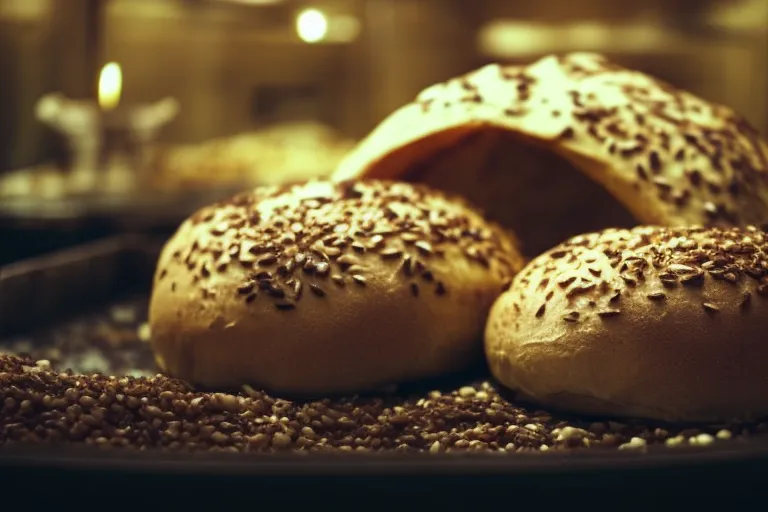If you've ever visited Georgia, you must have come across Puri – the most common bread in the country. Puri is a staple food in Georgia, and it's not just any bread – it's a cultural icon. In this blog post, we'll explore the history, significance, and the making of Puri.
History of Puri
Puri has been a part of Georgian culture for centuries. The earliest mention of Puri dates back to the 12th century, where it was described as a flatbread made with wheat flour. The bread was traditionally baked in a tone oven, which is a cylindrical clay oven that's heated with wood.
Over time, Puri has evolved, and today, it's made with a combination of wheat flour, water, salt, and yeast. The bread is still baked in a tone oven, which gives it a unique flavor and texture.
Significance of Puri
In Georgia, Puri is more than just bread – it's a symbol of hospitality, community, and tradition. It's a staple food that's served at every meal, and it's often used to welcome guests into homes.
When you visit Georgia, you'll notice that Puri is an integral part of the country's cuisine. It's served with almost every dish, and it's used to make a variety of snacks, such as Khachapuri, which is a cheese-filled bread.
Making Puri
Making Puri is an art form, and it requires skill and patience. The dough is made with a combination of wheat flour, water, salt, and yeast. The dough is then kneaded until it's smooth and elastic.
Once the dough is ready, it's divided into small portions, which are then rolled out into circles. The circles are then placed on a paddle and transferred to the tone oven, where they're baked until they're golden brown.
The baking process is what gives Puri its unique flavor and texture. The tone oven is heated with wood, which gives the bread a smoky flavor. The oven is also very hot, which creates a crispy crust and a soft, chewy interior.
Variations of Puri
While the traditional Puri is made with wheat flour, there are many variations of the bread. Some regions of Georgia use cornmeal or rye flour to make Puri, which gives the bread a different flavor and texture.
There are also many different shapes of Puri. Some are round, while others are oval or even rectangular. The shape of the bread often depends on the region where it's made.
Serving Puri
Puri is a versatile bread that can be served with almost anything. It's often served with cheese, butter, or jam for breakfast, and it's used to make sandwiches for lunch.
In Georgia, Puri is also used to make a variety of snacks and dishes. Khachapuri is a popular snack that's made with cheese-filled Puri, and Lobiani is a bean-filled bread that's also made with Puri.
How to Make Puri at Home
If you're feeling adventurous and want to make Puri at home, here's a simple recipe that you can try:
Ingredients:
- 4 cups of all-purpose flour
- 1 tsp of salt
- 1 tsp of sugar
- 1 1/2 cups of warm water
- 1 tbsp of active dry yeast
Instructions:
- In a large mixing bowl, combine the flour, salt, and sugar.
- In a separate bowl, mix the warm water and yeast and let it sit for 5 minutes until it becomes frothy.
- Add the yeast mixture to the flour mixture and mix until it forms a dough.
- Knead the dough on a floured surface for 10-15 minutes until it becomes smooth and elastic.
- Place the dough in a greased bowl and cover it with a damp cloth. Let it rise for 1-2 hours.
- Preheat your oven to 500°F and place a baking stone or a baking sheet in the oven.
- Divide the dough into small portions and roll them out into circles.
- Place the circles on the baking stone or sheet and bake for 5-7 minutes until they're golden brown.
Conclusion
Puri is more than just bread – it's a symbol of Georgian culture, tradition, and hospitality. It's a staple food that's served at every meal, and it's used to welcome guests into homes.
If you ever visit Georgia, make sure to try Puri. It's a unique bread that's unlike anything you've ever tasted before. And if you're feeling adventurous, try making it at home – it's a fun and rewarding experience.
